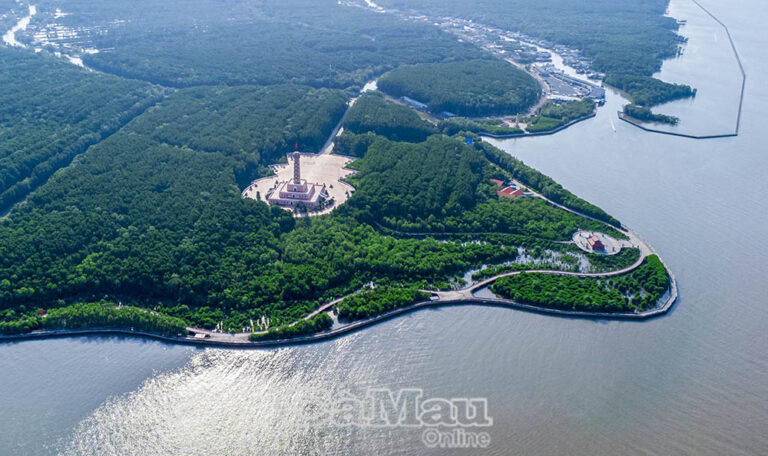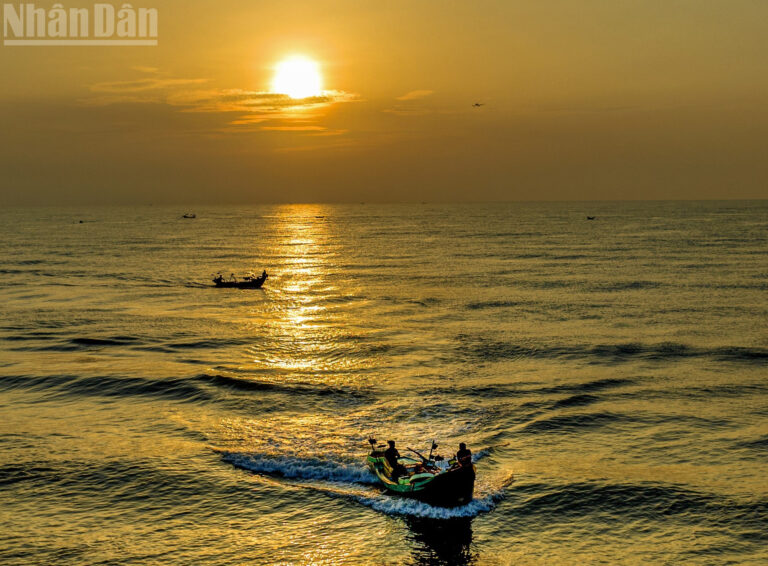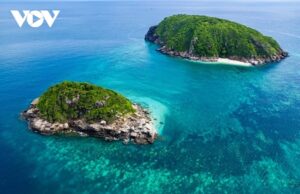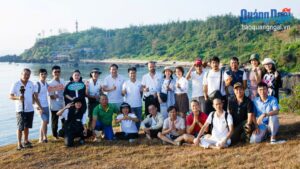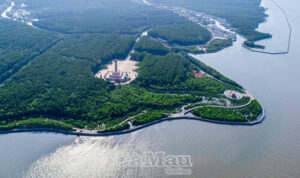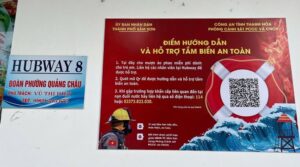The theme of World Environment Day this year being “Ecosystem Restoration” expresses the importance of preserving and developing natural ecosystems in order to sustain a healthy environment for people’s survival.

Vietnam is preserving Mekong Delta’s ecosystem. (Photo: VNA)
In Vietnam, multiple efforts have been made to assist in the recovery of degraded and destroyed ecosystems as well as conserve those that are still intact, particularly in the Mekong Delta, one of the world’s deltas most vulnerable to climate change.The Mekong Delta is in the southern part of Vietnam and includes the centrally-run city of Can Tho and 12 provinces, accounting for 12 percent of the country’s area and nearly 20 percent of its population.

In Tan Lap Floating Village, Tan Lap Commune, Moc Hoa district, the Mekong Delta province of Long An. (Photo: VNA)
The region is rich in biodiversity. It comprises a vast array of ecosystems, from ocean, rivers, and streams to mangrove forests, islets, and wetlands, and a number of national parks and nature reserves, such as Mui Ca Mau and U Minh Ha National Parks in Ca Mau province, U Minh Thuong and Phu Quoc National Parks in Kien Giang, Tram Chim National Park in Dong Thap, the Lang Sen Wetland Reserve in Long An, and the Lung Ngoc Hoang Nature Reserve in Hau Giang.Its ecosystems, however, have reduced in size and become degraded due to the adverse effect of climate change and the overexploitation of natural resources. More attention has therefore been paid to strengthening the conservation of biodiversity and reducing ecosystem degradation to improve local livelihoods and minimise the risk of natural disasters.In Kien Giang, the provincial People’s Committee has approved a project examining and surveying the current status of biodiversity in the Phu Quoc Marine Protected Area. Action is being taken to restore ecosystems that have become degraded or destroyed and to strengthen the monitoring of the environment and natural resources to promptly identify solutions for adaptive management.The province has ramped up the planting of coastal protection forests and implemented projects on planting trees for salinity control and sea dyke protection on a total area of 85 hectares in response to climate change, said Vice Chairman of the provincial People’s Committee Nguyen Thanh Nhan. Since the end of 2017, over 540 hectares of mangrove forests have been grown in the province, he noted.On the island city of Phu Quoc, the first Saturday of each month has been observed as a day for the environment since mid-2019, when all people and organisations are called on to act for a greener, cleaner, and safer “Pearl Island”. Together with Patong in Thailand and Donsol in the Philippines, Phu Quoc Island has made a commitment to eliminating plastic pollution by developing an action plan and trialling innovative solutions as part of the World Wildlife Fund (WWF)’s Plastic Smart Cities initiative.Many endangered and native animals, for instance Burmese pythons and pangolins, have been released into Ca Mau’s U Minh Ha National Park - a Ramsar site in Vietnam - by authorities, to protect its biodiversity, according to the park’s Director Huynh Minh Nguyen.Conserving biodiversity and endangered natural resources not only help sustain local livelihoods but also remain key in boosting tourism in the Mekong Delta./.


